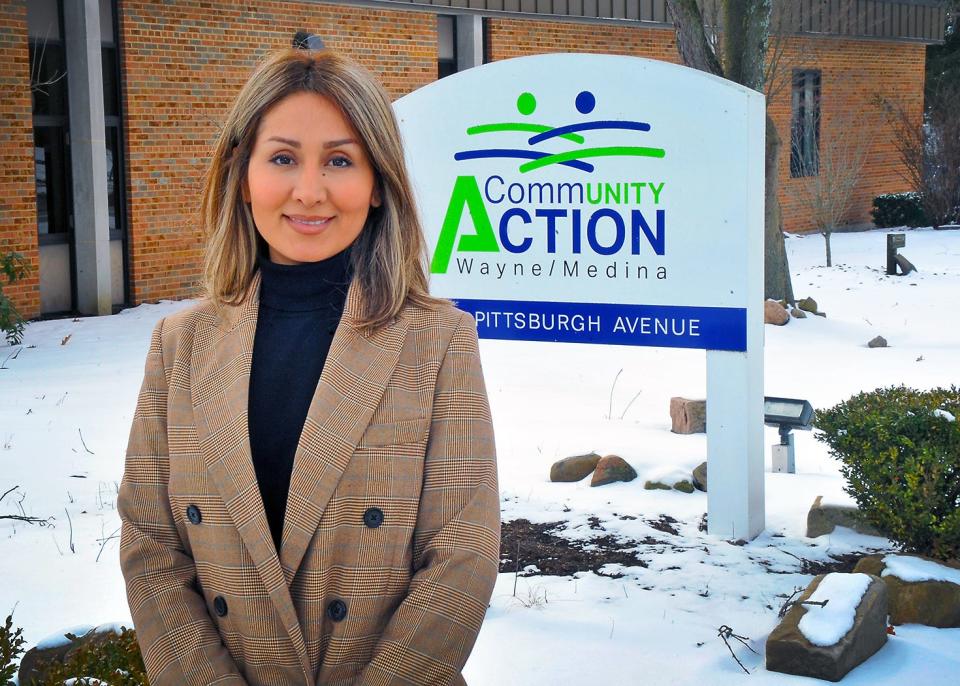Wayne County in line for grant funding to battle lead still lingering in old buildings
Lead is a toxic metal found in many places around the home. It is a silent danger that can have serious health consequences, especially for young children and pregnant women.
Exposure to lead can cause a wide range of health issues, from headaches and fatigue to developmental delays and learning difficulties. Despite its dangers, many people are unaware of the presence of lead in their homes.
Zhila Pezeshkpoor, housing and community service director for Community Action of Wayne and Medina Counties (CAWM), is spreading the news about the dangers of lead in the home and how the new Lead Safe Ohio Program may offer a solution.
“Lead is toxic,” Pezeshkpoor said. “But the fact that it is odorless and virtually undetectable makes it a more significant threat, especially in houses built before 1978 when it was common in plumbing pipes and household paint. The good news is that funding is available to mitigate lead in homes.”

The most significant danger is in older homes, especially those built before 1978, when lead-based paint was banned in the United States.
Remnants of past use of lead still pose a threat
Even though the use of lead in household products has been restricted, the remnants of its past use still pose a threat. In adults, it can lead to high blood pressure, kidney damage, and reproductive issues. In children, even low levels of exposure can cause learning disabilities, developmental delays, and behavior problems.
The most common route of lead exposure is through ingestion or inhalation of lead-contaminated dust and soil. Dust particles can settle on surfaces, toys, and food, making it easy for young children to ingest or inhale them unknowingly.
Recognizing the urgency of addressing this public health crisis, Gov. Mike DeWine established the LeadSafe Ohio Program, which will provide resources, support, and education to ensure homes and environments are free from lead hazards. This comprehensive program is a collaborative effort between government agencies, community organizations, and concerned citizens, all working together to create safer living conditions for Ohio residents.
Wayne County Land Reutilization Corporation is one of 53 grantees selected to receive a portion of $84 million in 72 counties statewide to support lead mitigation; $766,000 will be allocated to:
Owner-occupied homes
Rental properties
Childcare facilities
Congregate care shelters
As part of the H2Ohio initiative, Ohio EPA has awarded nearly $8 million to remove and replace lead service lines and for lead line identification and mapping assistance.
Applications and additional information about the Lead Safe Ohio Program can be found at https://rebrand.ly/65f008. Information about Community Action can be found at cawm.org. Contact Zhila Pezeshkpoor for further details at zpezeshkpoor@cawm.org zpezeshkpoor@cawm.org>. The local deadline for application is Dec. 25, 2025.
Dan Starcher is the Public Communications coordinator for Wayne County.
This article originally appeared on The Daily Record: Lead Safe Ohio funding coming to Wayne County

